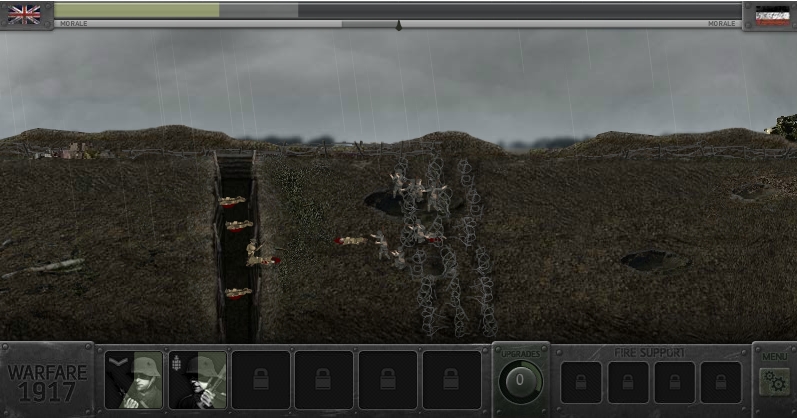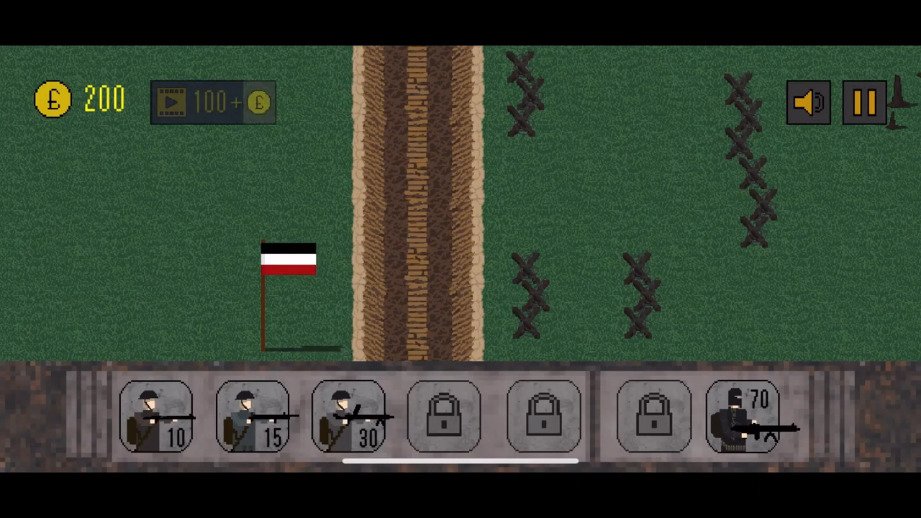

In 1918, 75 million soldiers of the Entente and the Central Powers had to be fed daily, an unprecedented challenge for armies. But that they would have to have a lad-a carry out boy-go out to the corner restaurants to find something for them to eat because they didn't want to go out in the streets themselves and be seen.The First World War not only overwhelmed societies, it also revolutionised the diet of European and North American countries. So, these men had beautiful voices and all over the country people were listening to them, and hearing their golden tones, and imagining them to be these very handsome people.

There was a group of men that had all lost their faces during the war and they were so repulsive to the common, everyday eye that they just stayed reclusively inside the BBC studios. Somewhere I read story about the BBC in England in the 1920s and 30s. On soldiers' treatment by society when they returned home from WWI: And he was just so depressed by it that he wouldn't come out, and he wouldn't talk to anybody and he spent the rest of his life as a recluse just because of the mental damage, psychological damage that his own self-image caused him. But at one point, this guy got ahold of a little shaving glass and he saw himself in the mirror. He tells a story in his autobiography about a man in the ward, a beautiful boy, who had lost his face. One of the most striking things I read was by this great surgeon, a New Zealand surgeon named Sir Harold Gillies who became the great innovator of plastic surgery for the wounded men. On the psychological impact on WWI soldiers with facial trauma: (Photo Credit: Prints and Photographs Division, Library of Congress)

Mutilated French soldier with mask by Anna Coleman Ladd, ca. But they said, 'We need to do something to preserve these faces so the men are presentable back into the trenches.' And that's when modern plastic surgery came about, and various heroic plastic surgeons were making huge strides in plastic surgery.
#Warfare 1917 tips Patch#
But their fellow soldiers found them so repulsive-they smelled awful, they looked terrible-it was so bad for morale that the military officials said, 'We can't just let these people go back, patch them up and throw them back in the front lines,' even though that was what the First World War was ultimately all about, was having fodder for the other side to shoot. What happened was, these men would be rescued by nurses, taken behind the lines to hospitals and patched up well enough that eventually they could return to the lines.
#Warfare 1917 tips archive#
(Photo Credit: Archive of the Royal College of Surgeons of England) Spreckley in stages of plastic surgery, 1917. So, therefore, thanks to flying shrapnel, and explosions, and sniper attacks, men were having their jaws sheared off, their noses blasted away, cheeks hollowed out, and this was the first time in history where men could have such severe damage done to their faces and not die of their wounds. If a person was hidden in a trench, most of the body was protected, but if you looked up over the trench or certainly went over the trench in an attack, the first thing that was going to be exposed, and the part of the body that couldn't be armored was the face. “facing” advisedly because no part of the man's body was more vulnerable than the face. (Photo Credit: Archives of American Art, Smithsonian Institution) But, during WWI there were trenches that extended from the English Channel to the Swiss Alps or about 500 miles of trenches where the enemies on the western front were facing one another-and I use that word Before and after: patient with a facial prosthesis, American Red Cross for Portrait-Masks, Paris, 1918. WWI was the first and really the only significant use of trench warfare in history-I mean trenches have been used for hundreds, thousands of years. What follows is an excerpt of that conversation on the intensity of trench warfare, and some of the resulting advances in medicine.Ī quick warning that this conversation includes descriptions of injuries that may be disturbing.

Weber Professor of Art at Wake Forest University, and his book is Grand Illusions: American Art and the First World War. Author David Lubin discussed the war's impact on soldiers, culture, and science with WFDD's David Ford back in 2014. Some of the most horrific examples of both occurred in the trenches of World War I. This Memorial Day, we remember those who died in active military service, and pause to reflect on the sacrifices and suffering that occur during wartime.


 0 kommentar(er)
0 kommentar(er)
